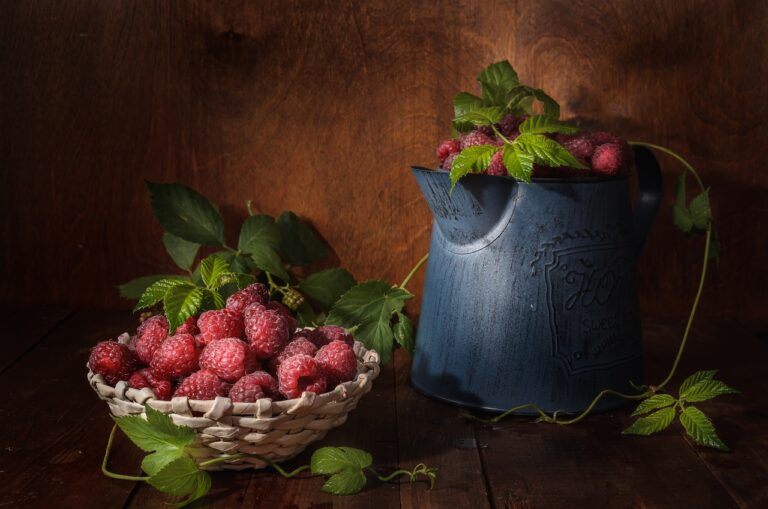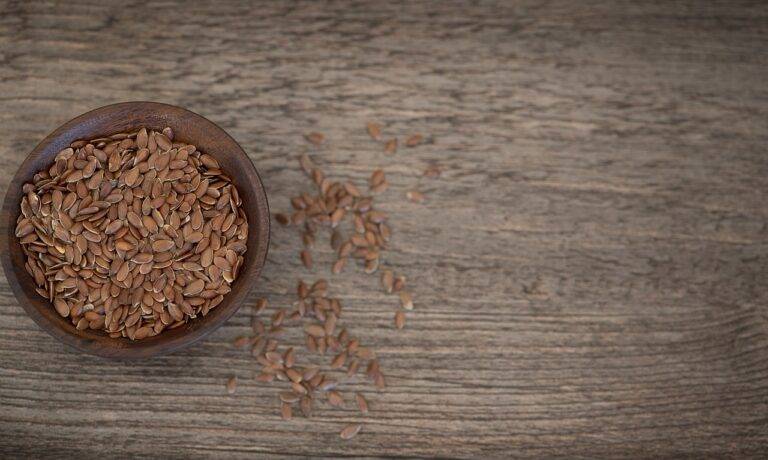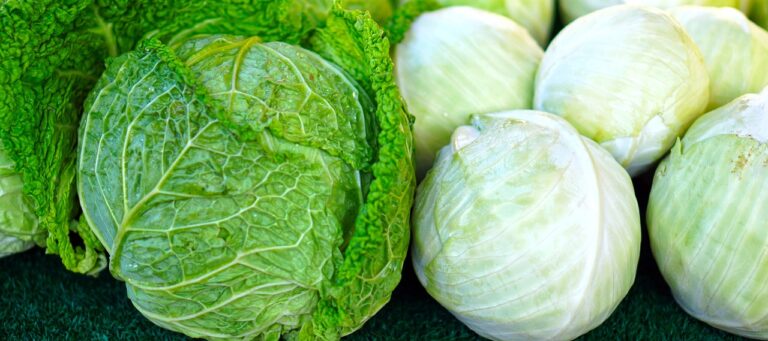Traditional Food Preservation Techniques: Honoring Culinary Ancestry
Food preservation is a practice that dates back centuries, allowing societies to store food for future consumption. Various methods have been developed over time to prevent spoilage, including drying, salting, smoking, pickling, and fermentation. By preserving food, communities were able to ensure a stable supply of nutrients even during times of scarcity.
Each preservation method serves a unique purpose, with some focusing on extending the shelf life of fresh produce, while others aim to enhance flavors and textures. The art of food preservation is not only a practical necessity but also a way to celebrate cultural traditions and culinary techniques passed down through generations. As technology has advanced, new methods such as canning and freezing have emerged, offering modern solutions to the age-old challenge of preserving food for later use.
History of Food Preservation
As long as humans have cultivated food, the need to preserve it has existed. Early methods of food preservation date back to ancient times when people realized the importance of storing food for times of scarcity. One of the oldest known techniques is drying food under the sun or using smoke to remove moisture.
Fermentation, another ancient method of food preservation, was widely practiced by civilizations around the world. This process involves using beneficial bacteria or yeast to break down sugars in food, creating an environment that inhibits the growth of harmful bacteria. Through fermentation, foods like vegetables, fruits, dairy, and even meat could be preserved for extended periods, providing sustenance during long winters or journeys.
– Drying food under the sun or using smoke to remove moisture
– Fermentation as an ancient method of food preservation
– Beneficial bacteria or yeast used in fermentation process
– Preservation of vegetables, fruits, dairy, and meat through fermentation
Importance of Honoring Culinary Ancestry
Our culinary ancestry is a tapestry woven from the flavorful traditions of our forebears. Each dish passed down through generations carries with it the legacy of our familial and cultural roots. By honoring and preserving these recipes, we not only pay tribute to those who came before us but also keep alive the stories and experiences that are interwoven in each savory bite.
The act of preparing a dish using age-old techniques and authentic ingredients connects us to a heritage that transcends time and borders. Preserving and passing on these culinary practices imparts a sense of pride and belonging, grounding us in the rich tapestry of our cultural identity. As we continue to celebrate and uphold our culinary ancestry, we carry forward a piece of history that defines who we are and shapes the legacy we leave for future generations.
Why is it important to honor culinary ancestry?
Honoring culinary ancestry helps to preserve traditions, recipes, and techniques that have been passed down through generations, keeping them alive for future generations to enjoy.
What is the history of food preservation?
Food preservation has been practiced for centuries as a way to extend the shelf life of food and ensure a stable food supply. Techniques such as drying, salting, fermenting, and pickling have been used by cultures around the world to preserve food.
How does honoring culinary ancestry contribute to cultural heritage?
By honoring culinary ancestry, we are preserving the unique flavors and traditions of different cultures, which helps to celebrate and promote cultural diversity.
What are some traditional food preservation techniques?
Traditional food preservation techniques include smoking, curing, canning, and fermenting. These methods have been used for generations to keep food fresh and flavorful.
How can individuals honor their culinary ancestry?
Individuals can honor their culinary ancestry by learning traditional recipes, cooking techniques, and food preservation methods from their ancestors. They can also support local farmers and food artisans who continue to carry on these traditions.







